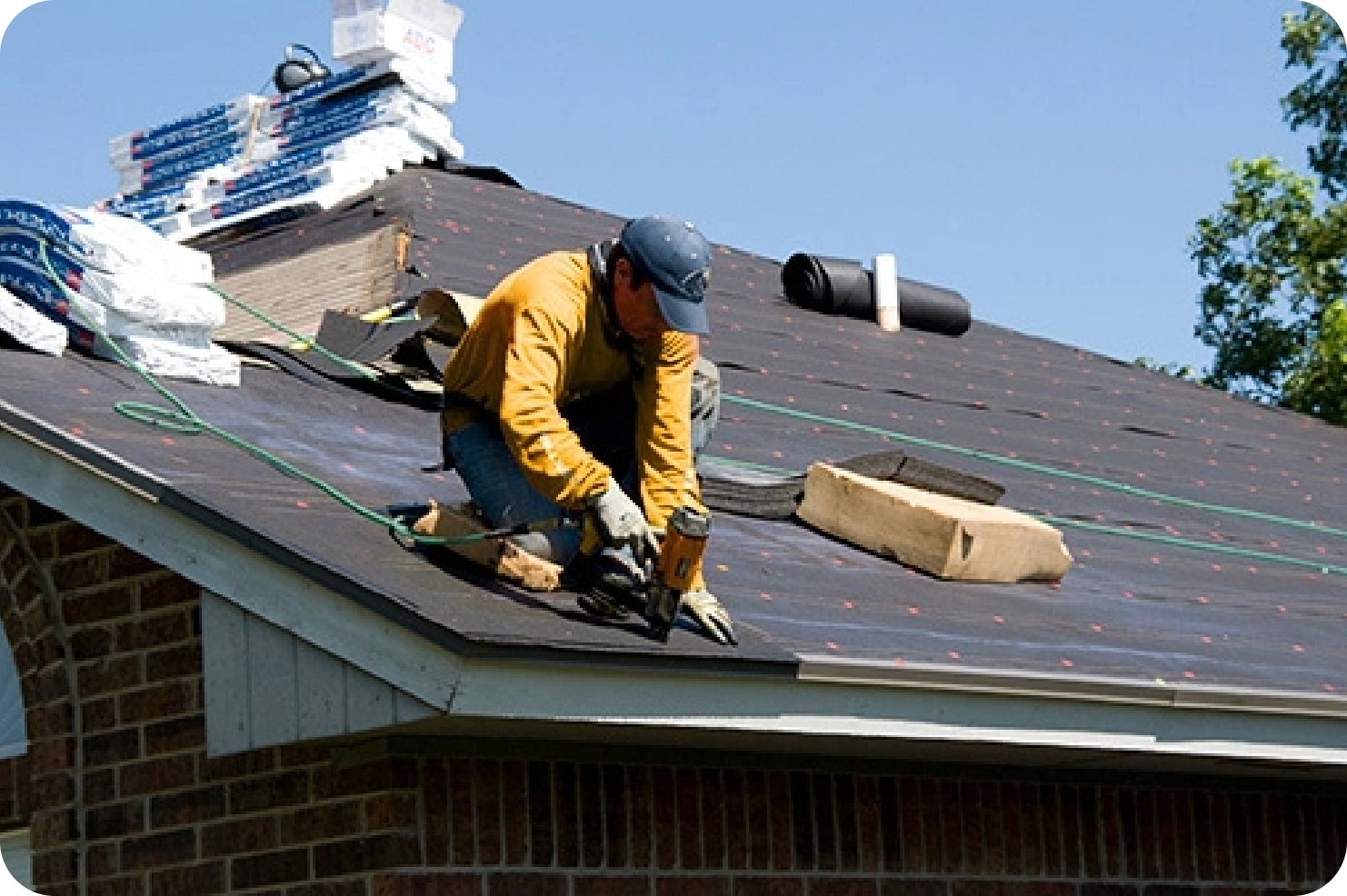Exactly How to Review Different Roof Alternatives for Your Building Demands
Reviewing roof choices for your building calls for a comprehensive approach that takes into consideration various factors such as the intended use the framework, neighborhood climate conditions, and product attributes. It is essential to evaluate the advantages and disadvantages of various roof covering kinds, from asphalt roof shingles to steel and clay ceramic tiles, while also factoring in first prices and lasting upkeep. In addition, recognizing energy efficiency and visual appeal can influence your choice. As you contemplate these considerations, one question continues to be: which variables will eventually assist your selection for a lasting and aesthetically pleasing roof covering solution?
Examining Your Structure's Demands
To efficiently evaluate roof covering options, start by thoroughly examining your building's needs. Beginning by thinking about the structure's planned usage, as various structures may necessitate varying roofing specifications. As an example, residential roofings often prioritize appearances and insulation, while industrial structures might concentrate on toughness and load-bearing capability.
Next, assess the neighborhood climate problems that will certainly influence roof efficiency. Aspects such as temperature level changes, rainfall levels, and wind patterns can influence material choice and style. A roof covering system that excels in a warm environment might not perform also in locations vulnerable to heavy snowfall or extreme heat.
In addition, evaluate the architectural integrity of your building. Ensure that the existing structure can support the chosen roof products, specifically if thinking about heavier options. It is additionally crucial to evaluate any neighborhood building codes or regulations that may dictate certain requirements for roof.

Contrasting Roof Products
As soon as a thorough evaluation of your structure's demands has actually been finished, the next action entails comparing various roofing products. Each material provides unique benefits and disadvantages, making it vital to straighten your choice with your particular demands and scenarios.
Asphalt roof shingles are widely identified for their cost and convenience of setup, making them a popular option for residential structures. On the other hand, steel roof covering, understood for its toughness and longevity, can stand up to extreme climate condition yet might come with a higher initial investment.
Clay and concrete floor tiles provide outstanding thermal insulation and visual appeal, particularly for Mediterranean-style architecture, yet they require an even more durable architectural assistance because of their weight. Timber trembles offer an all-natural look and excellent insulation properties yet may demand much more maintenance and are vulnerable to fire hazards.
Reviewing Price and Spending Plan
Assessing your roof choices necessitates a mindful examination of cost and budget factors to consider. The total spending plan for a roofing project comprises numerous aspects, consisting of material costs, labor costs, upkeep, and prospective long-lasting financial savings. It is vital to develop a clear budget plan prior to checking out certain roofing materials, as this will assist the decision-making process and assist you stay clear of overspending.
Begin by acquiring quotes from multiple service providers to comprehend labor expenses in your region. Make sure that these quotes include all necessary solutions, such as elimination of the old roof, setup, and any type of Discover More added attributes, like insulation or ventilation enhancements - Roofing Contractor. Next off, examine the expense of various roofing materials, considering both preliminary setup costs and anticipated lifespan

Comprehending Power Efficiency
Energy efficiency plays an essential duty in the selection of roof products and systems, substantially influencing both energy intake and overall convenience within a building. An appropriate roof can enhance thermal efficiency, minimizing the need for home heating and cooling down systems, which consequently reduces power expenses and reduces environmental impact.
When assessing roof options, consider products that reflect instead than soak up heat. Additionally, correct insulation and air flow are necessary to optimize the energy effectiveness of the whole roof covering system.
Another crucial variable is the roof's durability and maintenance needs. Sturdy materials that call for less constant replacement add to lasting energy cost savings. The power effectiveness of address a roofing system can also be examined via its conformity with established sustainability rankings such as Power STAR or LEED.
Thinking About Aesthetic Allure
A roof covering's visual appeal considerably affects the total appearance of a building, matching its building design and improving visual appeal. Toledo Roofer. When evaluating roof alternatives, it is important to consider exactly how the selected product, shade, and layout will certainly integrate with the existing framework and area. A properly designed roofing system can elevate also the most basic of structures, changing them right into visual focal factors
Different roof materials offer various visual qualities. For example, traditional tiles may evoke a timeless beauty, while metal roof covering can give a modern, streamlined look. Additionally, the shade of the roof covering material plays an essential duty; lighter shades can make a structure appear more spacious, while darker tones may create a cozier atmosphere.
In addition, architectural components, such as why not try here dormers and eaves, can boost the roof covering's aesthetic effect. It is suggested to seek advice from with professional designers or engineers to make certain the selected roof covering alternative aligns with the total layout intent. Eventually, a roof should not only give useful advantages however additionally add favorably to the structure's visual, showing the owner's preference and the character of the surrounding environment.
Conclusion

 Joshua Jackson Then & Now!
Joshua Jackson Then & Now! Shane West Then & Now!
Shane West Then & Now! Daryl Hannah Then & Now!
Daryl Hannah Then & Now! Catherine Bach Then & Now!
Catherine Bach Then & Now! Peter Billingsley Then & Now!
Peter Billingsley Then & Now!